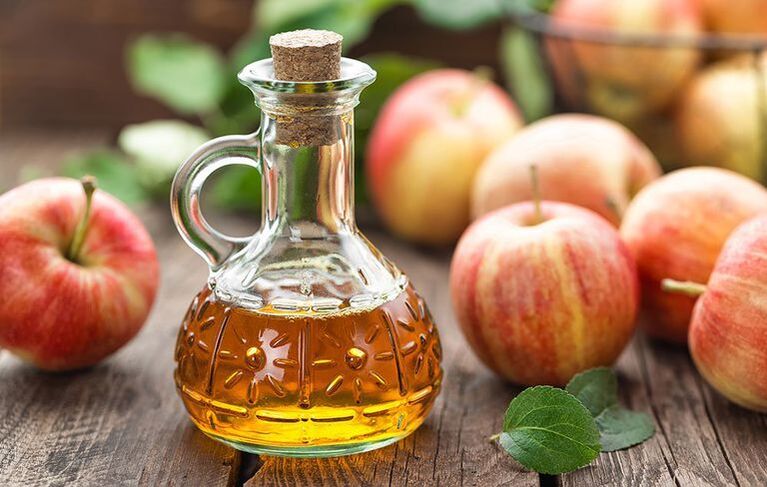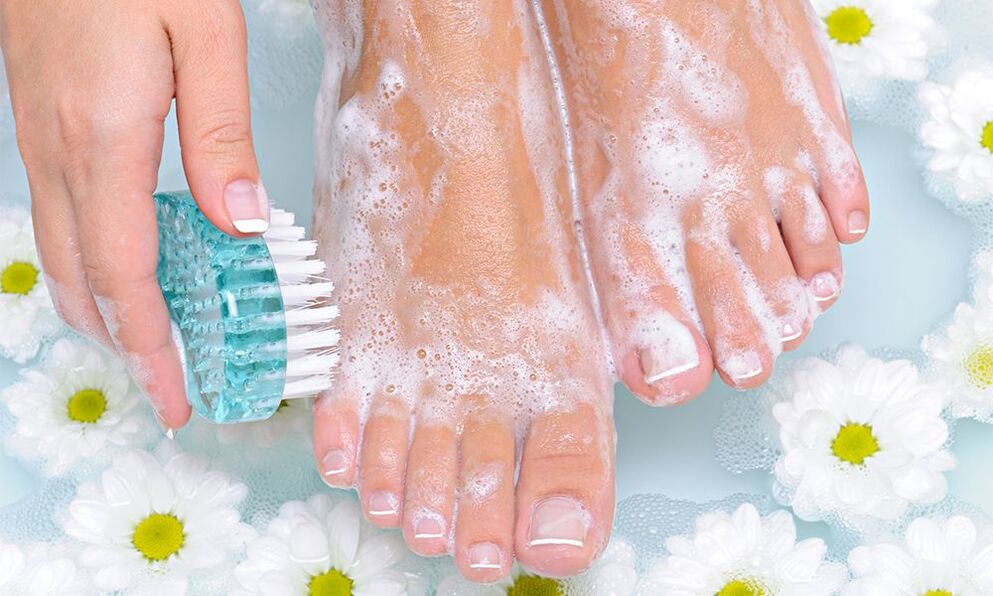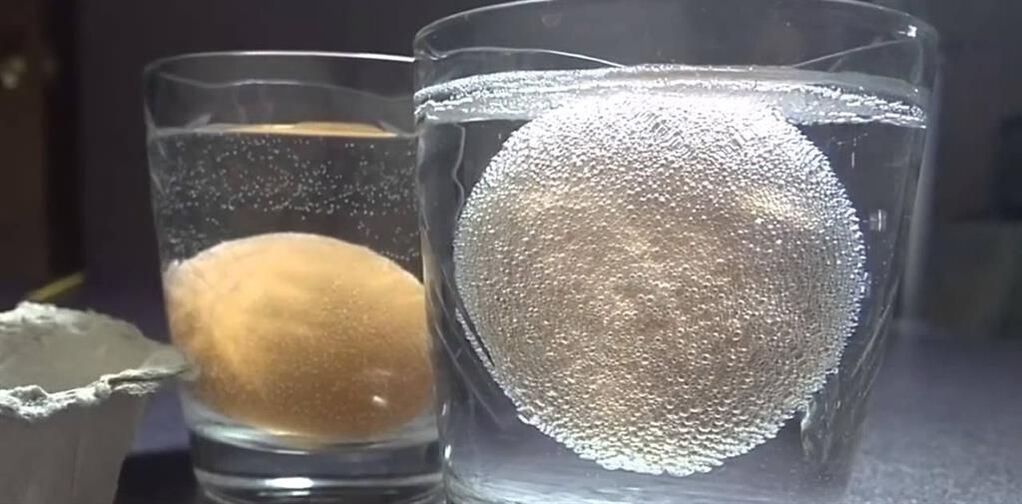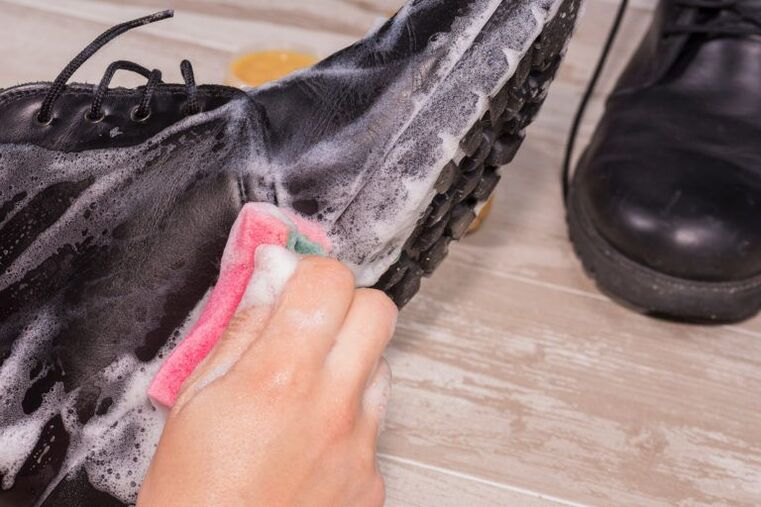How does vinegar affect fungal diseases?

- inhibits fungi;
- preservative;
- Disinfectants;
- Antibacterial.
What vinegar is effective for onychomycosis?
Nail preparation

How to treat onychomycosis with vinegar?


Beginner and advanced level applications
for prevention
Treat shoes with vinegar

- Clean shoes with detergent and dry thoroughly;
- Treat the inner surface of the shoe with a cotton pad soaked in acetic acid;
- Dry your shoes.
For use in children, pregnant and breastfeeding women
Contraindications and side effects
- rash;
- swelling;
- combustion.
- eczema;
- psoriasis;
- Other skin diseases.
















